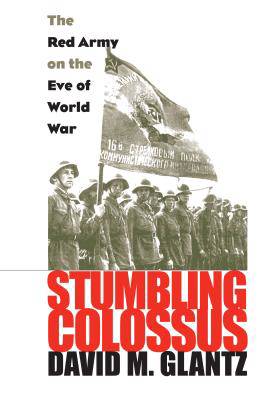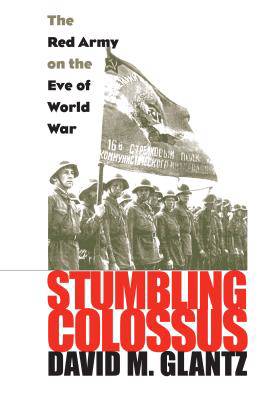
- Retrait gratuit dans votre magasin Club
- 7.000.000 titres dans notre catalogue
- Payer en toute sécurité
- Toujours un magasin près de chez vous
- Retrait gratuit dans votre magasin Club
- 7.000.000 titres dans notre catalogue
- Payer en toute sécurité
- Toujours un magasin près de chez vous
Description
Germany's surprise attack on June 22, 1941, shocked a Soviet Union woefully unprepared to defend itself. The day before the attack, the Red Army still comprised the world's largest fighting force. But by the end of the year, four and a half million of its soldiers lay dead. This new study, based on formerly classified Soviet archival material and neglected German sources, reveals the truth behind this national catastrophe.
Drawing on evidence never before seen in the West--including combat records of early engagements--David Glantz claims that in 1941 the Red Army was poorly trained, inadequately equipped, ineptly organized, and consequently incapable of engaging in large-scale military campaigns--and that both Hitler and Stalin knew it. He provides the most complete and convincing study of why the Soviets almost lost the war that summer, dispelling many of the myths about the Red Army that have persisted since the war and soundly refuting Viktor Suvorov's controversial thesis that Stalin was planning a preemptive strike against Germany.
Stumbling Colossus describes the Red Army's command leadership, mobilization and war planning, intelligence activities, and active and reserve combat formations. It includes the first complete Order of Battle of Soviet forces on the eve of the German attack, documents the strength of Soviet armored forces during the war's initial period, and reproduces the first available texts of actual Soviet war plans. It also provides biographical sketches of Soviet officers and tells how Stalin's purges of the late 1930s left the Red Army leadership almost decimated.
At a time when blame for the war in eastern Europe is being laid with a fallen regime, Glantz's book sets the record straight on the Soviet Union's readiness--and willingness--to fight. Boasting an extensive bibliography of Soviet and German sources, Stumbling Colossus is a convincing study that overshadows recent revisionist history and one that no student of World War II can ignore.
Spécifications
Parties prenantes
- Auteur(s) :
- Editeur:
Contenu
- Nombre de pages :
- 392
- Langue:
- Anglais
- Collection :
Caractéristiques
- EAN:
- 9780700617890
- Date de parution :
- 15-05-98
- Format:
- Livre broché
- Format numérique:
- Trade paperback (VS)
- Dimensions :
- 150 mm x 226 mm
- Poids :
- 517 g







